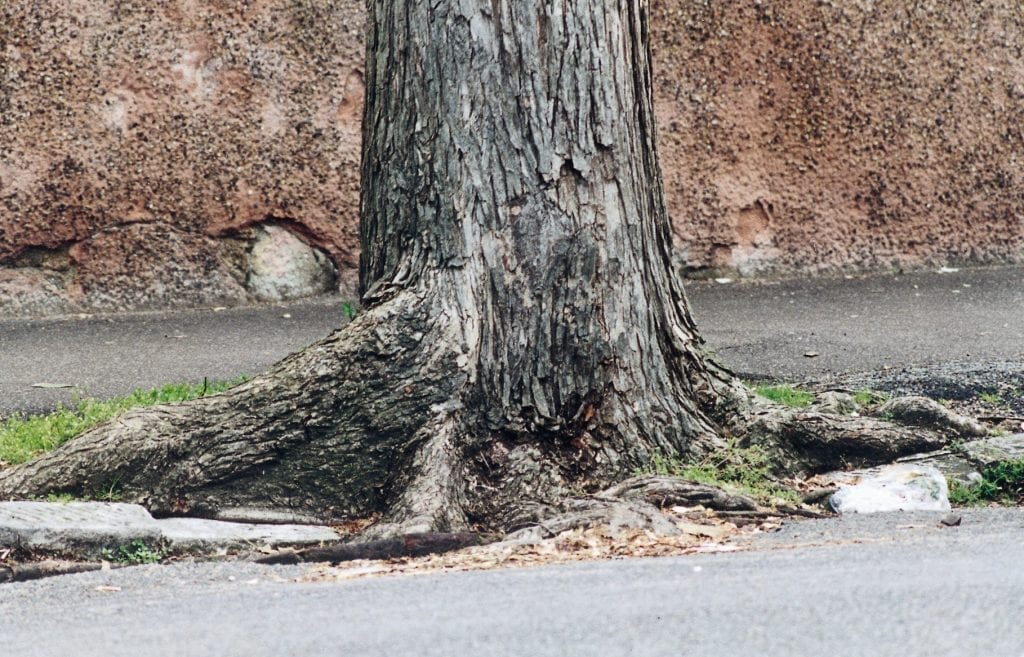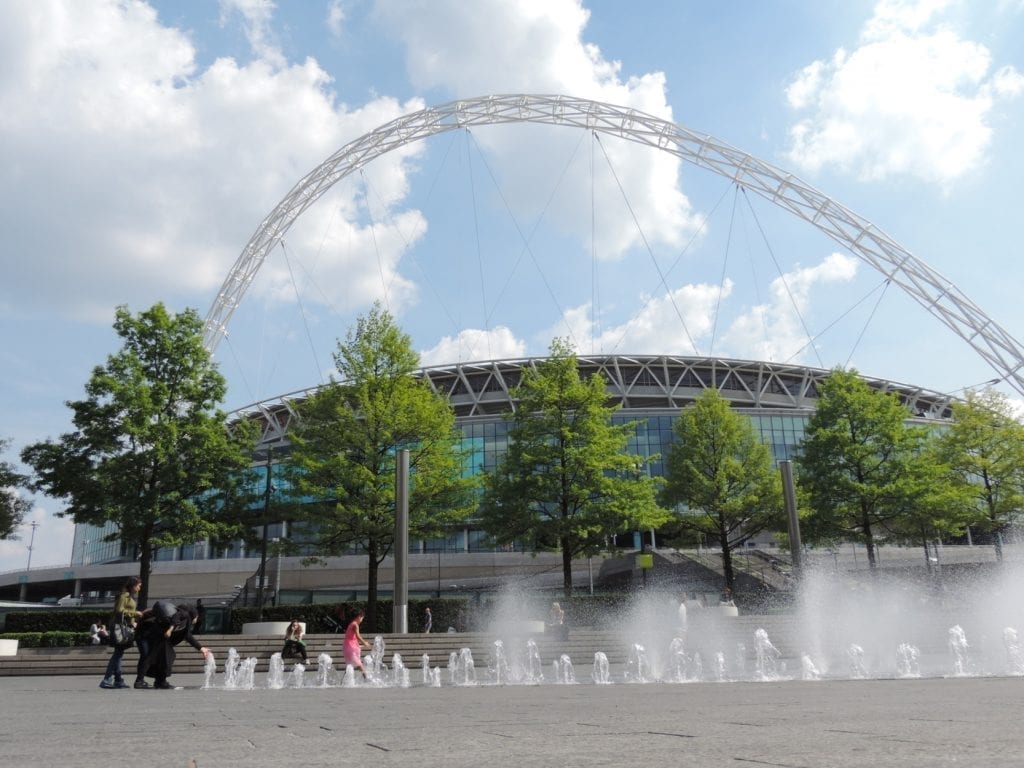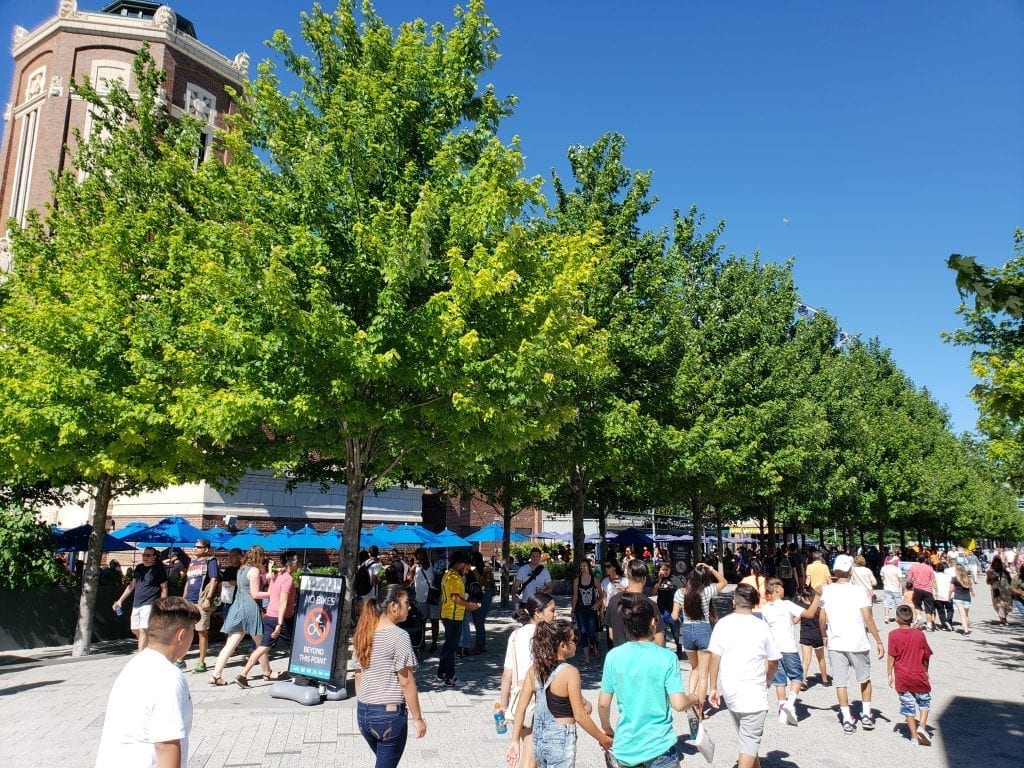Below we detail the steps urban landscape professionals and residents alike should take in preserving and protecting prized trees of all size and age that find themselves in danger from the consequences of the urban environment.

Unlike most things that depreciate with age, trees increase in value over time and provide more benefits as they mature, which is why it’s important to protect treasured trees from destruction.

When a tree is threatened due to human activity, such as street expansion, construction or negligence, it is imperative to know the reasons for removal and who to contact. The process of protecting or saving a tree is a worthwhile investment of time, there are available toolkits to help you during this endeavor. Below are action items in chronological order that reveal how to protect threatened trees, as well as templates and other tools to help you.
Step 1: Understand why your tree is important
Most likely, you love your tree for its beauty and aesthetics, but your tree is actually part of a larger ecosystem: the urban forest. Urban trees are critical to our health and quality of life, which means that every tree counts. However urban trees require the help of humans to stay healthy.
Beyond a tree’s contribution to the urban forest, it also has specific value of its own, including environmental, social, and economic benefits that pay big dividends to improve our quality of life. Discover the benefits here.
Step 2: Determine why your tree is threatened
Is the tree at risk of being removed for aesthetic purposes? Is it healthy? Does it pose a danger to life, health or property? Sometimes the removal of a tree may be the only option, and the answers to these questions will inform your next step.
If your tree is at risk for aesthetic purposes, such as blocking a view or leaves, nuts or fruit on the neighbour’s property, talk to your neighbour and try to find a compromise to save the tree. They may not be aware of the many benefits trees provide. If the health of the tree is failing or poses an immediate danger, there may be just cause to remove it, but ask for whomever is planning to remove it to inform you of the reasons why the tree needs to go. At this point, it’s also important to contact a arborist to take a risk assessment of the tree.
Step 3: Consult an arborist
An arborist is a specialist trained in the art and science of arboriculture, which is the cultivation, management and study of individual trees and other woody plants. Arborists focus on the health and safety of individual plants and trees and are equipped to provide proper care. It is important to consult with an arborist about the condition of your tree so they can provide a risk assessment.
Tree preservation order’s rely on identifying and assessing the structural condition of the tree to determine its weak points and failure potential. Assessment and management of tree risk is based on the science of biomechanics — the way trees grow for structural support and biological function — which will determine whether or not the tree is a danger to human life or property.
To find a certified arborist in your area, visit the International Society of Arboriculture’s website.
Step 4: Look into your local tree ordinances
Tree ordinances are public laws developed by communities to protect trees, preserve greenspaces and manage urban forests. There may already be a law in place in your community to protect your tree.
Discover more about tree ordinances and how they can help save urban tree populations.
Step 5: Make contacts
Different departments and agencies within a local authority/municipality are responsible for handling tree and land-use issues. National and local tree planting associations may also have information on how to protect or recognize your tree locally. Try to find a professional who knows the tree ordinances in your area that will be able to provide details on tree preservation measures.
Step 6: Calculate the value of your tree
Money doesn’t grow on trees, but they can save you some. According to the U.S. Forest Service, for every $1/.80p invested annually in trees brings a return of about $2.70/£2.00 in benefits.
Discover more in our latest publication – Street Tree Cost Benefit Analysis
Step 7: Nominate your tree
Having the one of the biggest or oldest trees in the country within your community is a rallying tool to help save the tree. American Forests’ National Register of Big Trees is a bi-annual publication listing the biggest tree of more than 780 species in the United States. The Woodland Trust pose an annual award to UK “Special” trees recognising the Tree of the Year.
It is possible that your tree may be a contender for a national or regional registry, or a local champion tree program. Several communities also protect heritage trees with unique historical or cultural value, so learn about your local tree ordinances to see if your tree is automatically protected.
Step 8: Write a letter
Start a letter writing campaign to get support from the city council for your tree. Feel free to incorporate talking points from the Benefits of Urban Trees ebook in your letter. Spread the word and encourage others to write letters as well.
Step 9: Get community support
One of the best ways to rally support to save a tree is to get the community involved. Through letter writing campaigns, petitions and media coverage, you have a greater chance of being heard. Oftentimes, city officials are not aware of a tree’s special status, but with the help of landscape professionals and tree preservation or conservation groups, a solution can be found to protect the tree or consider other options for urban expansion.
Step 10: Tell your story
Share your tree-saving triumphs and frustrations. These stories will help make these resources better for landscape professionals and tree advocates, but will also serve as inspiration for other tree lovers out there. Please send your stories to us via our website here – we would love to hear from you!

